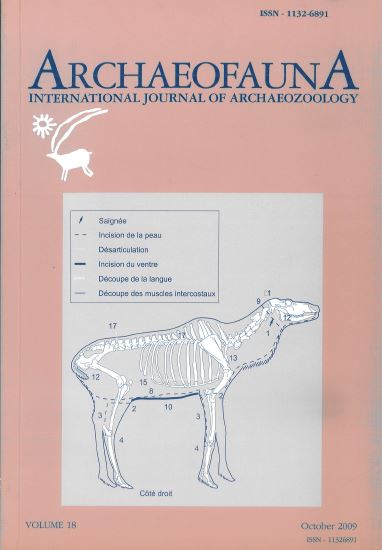Late 17th century AD faunal remains from the Dutch ‘Fort Frederik Hendrik’ at Mauritius (Indian Ocean)
Keywords:
Introduction, Extinction, Faunal translocations, CiguateraAbstract
The fauna is described from a refuse layer, excavated at Fort Frederik Hendrik on the island of Mauritius and dating to the last quarter of the 17th century AD. The animal remains enable the reconstruction of the food procurement strategies of the Dutch inhabitants of the fort and document the fauna at a time when the island’s original fauna had apparently already suffered heavily from human interference and from the negative impact of introduced species. The animal remains do not include any bones from the dodo, or other endemic birds, and neither is there evidence for the exploitation of the large, endemic terrestrial tortoises, also now extinct. Dugong, which are locally extinct nowadays, and marine turtles were also exploited as food, but the major meat providers were the introduced mammals: cattle, pigs, and especially, goat and Java deer. Fish was also a regular food resource and must have been caught in the local lagoon and estuaries. The absence of parrotfish and the relatively small size of the groupers suggest avoidance of these food items, probably out of fear of fish poisoning.

